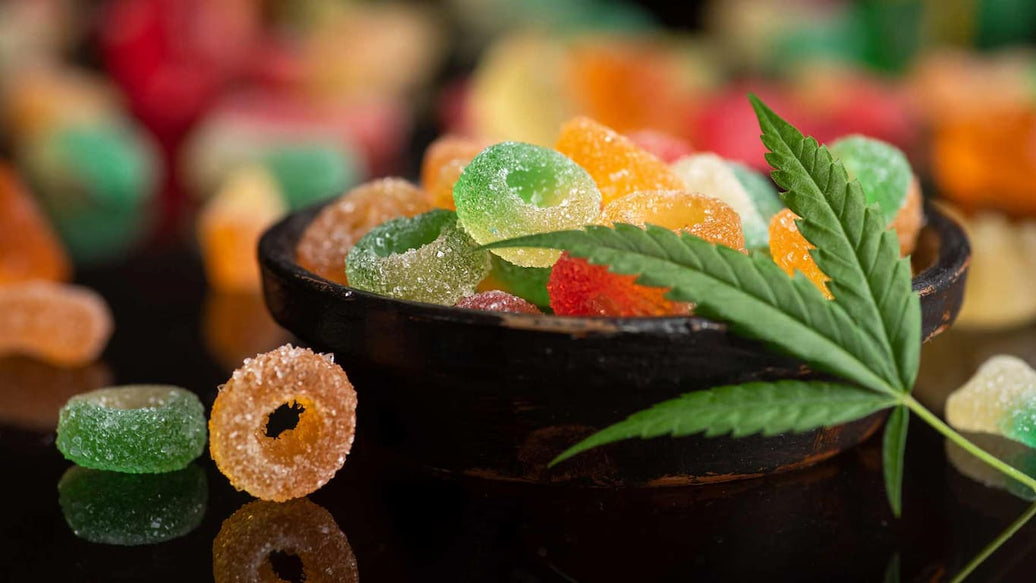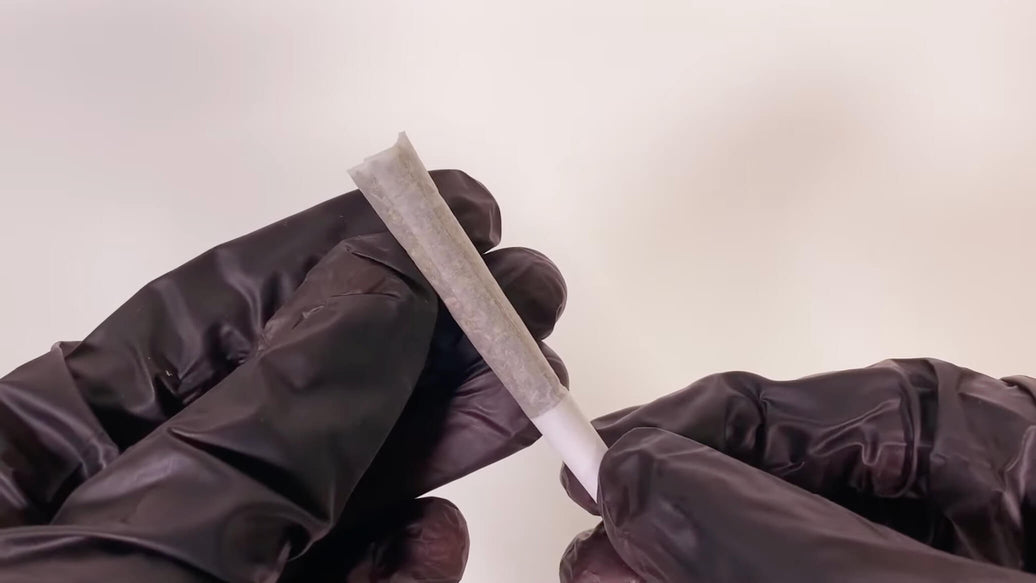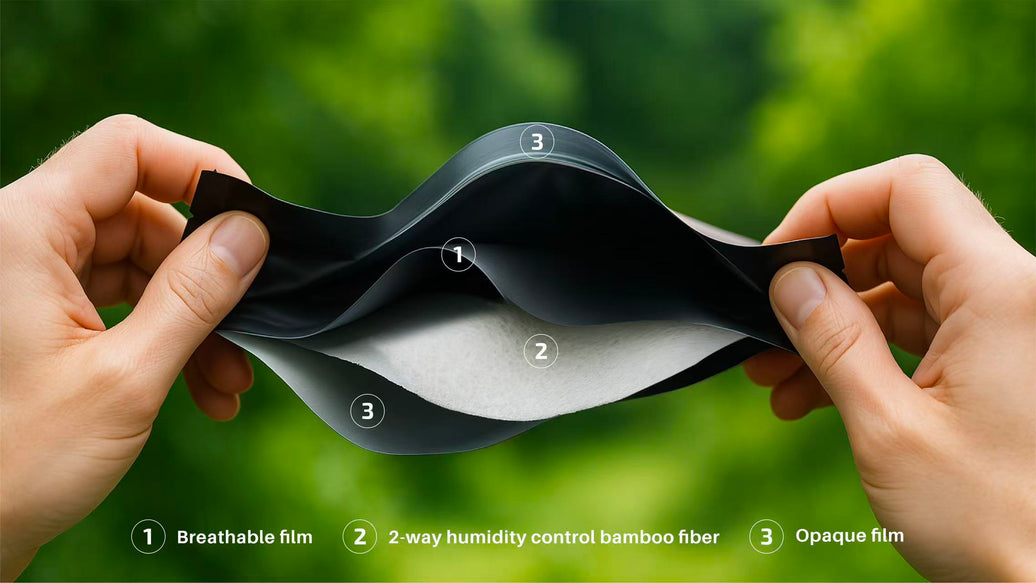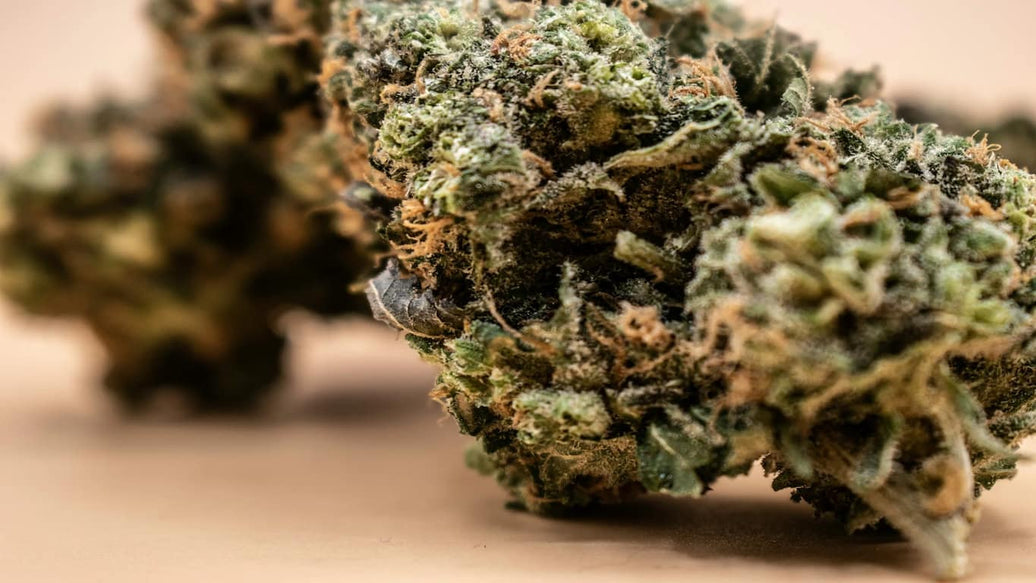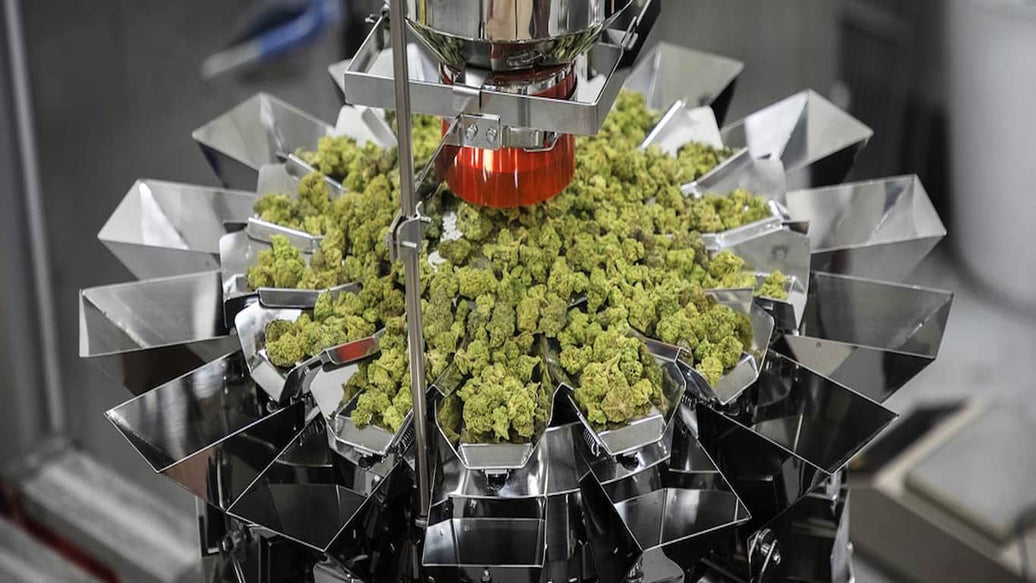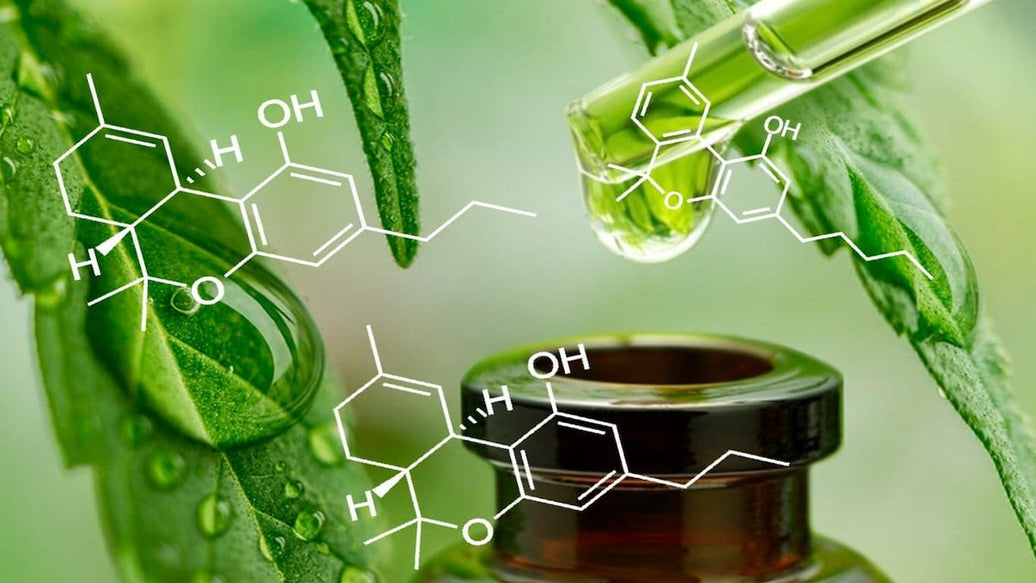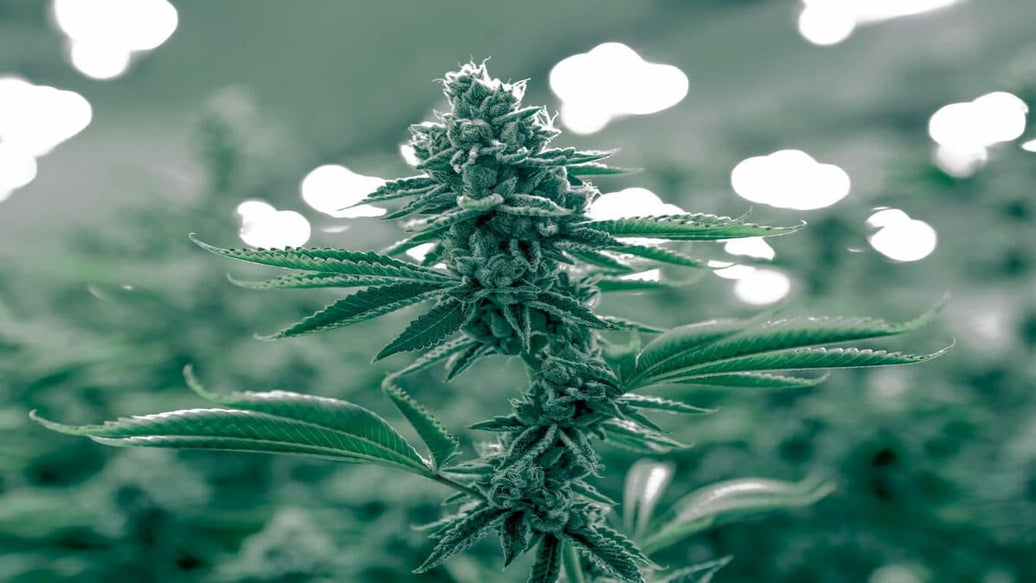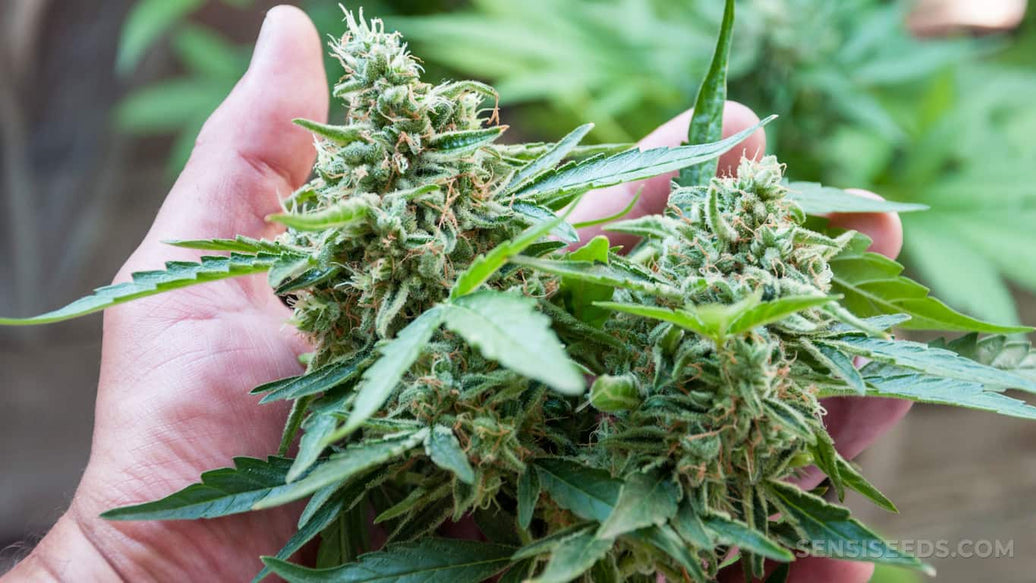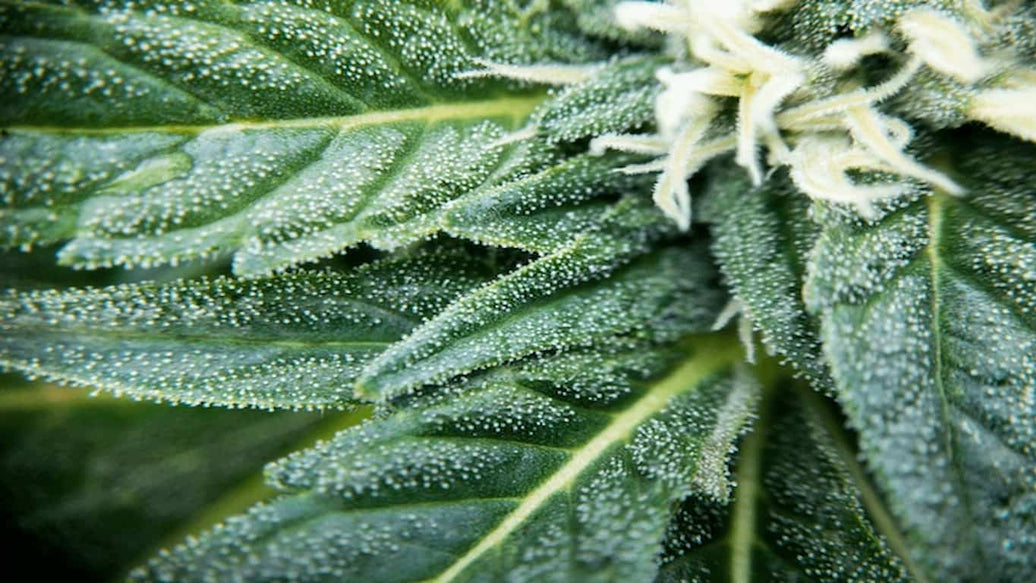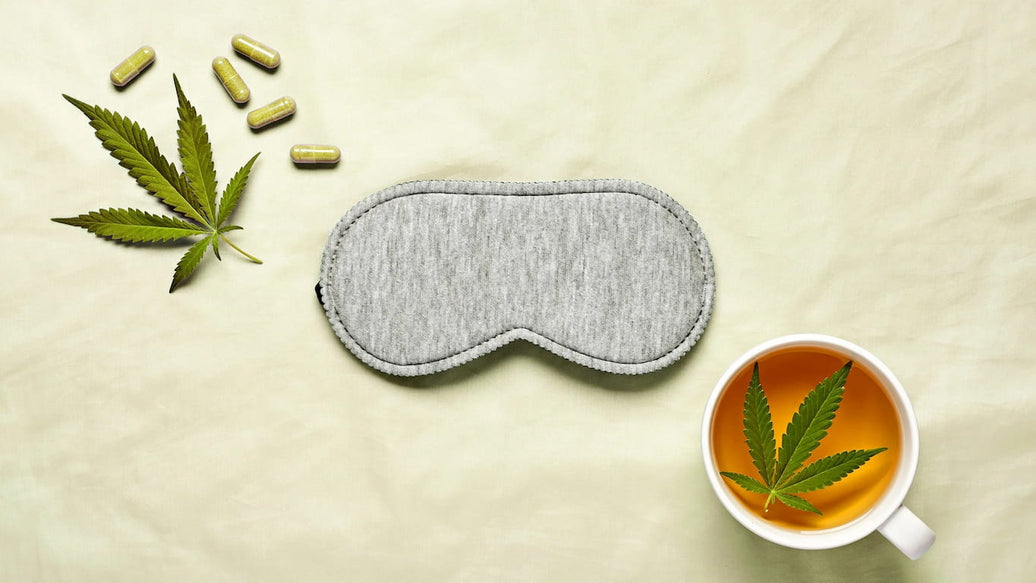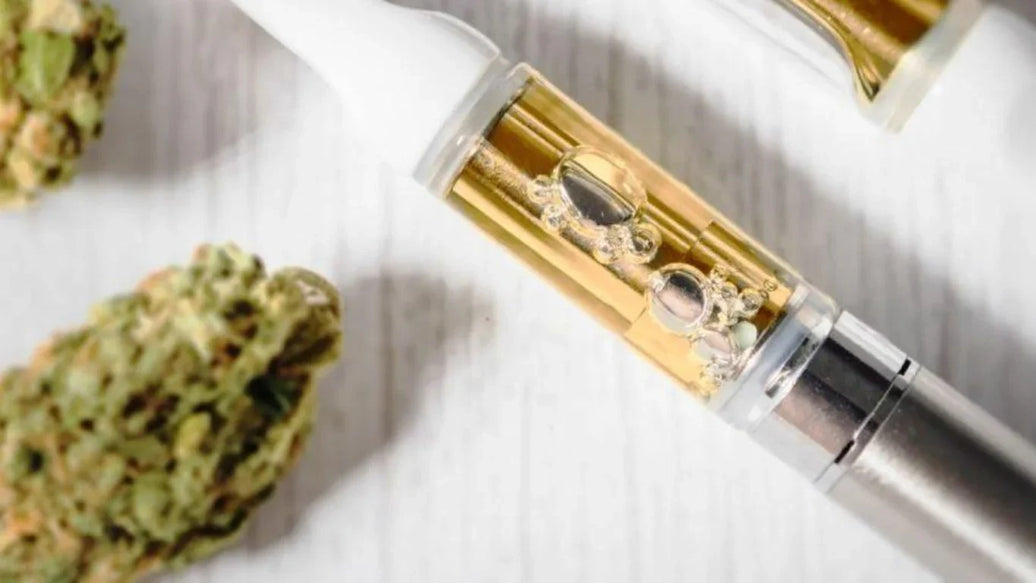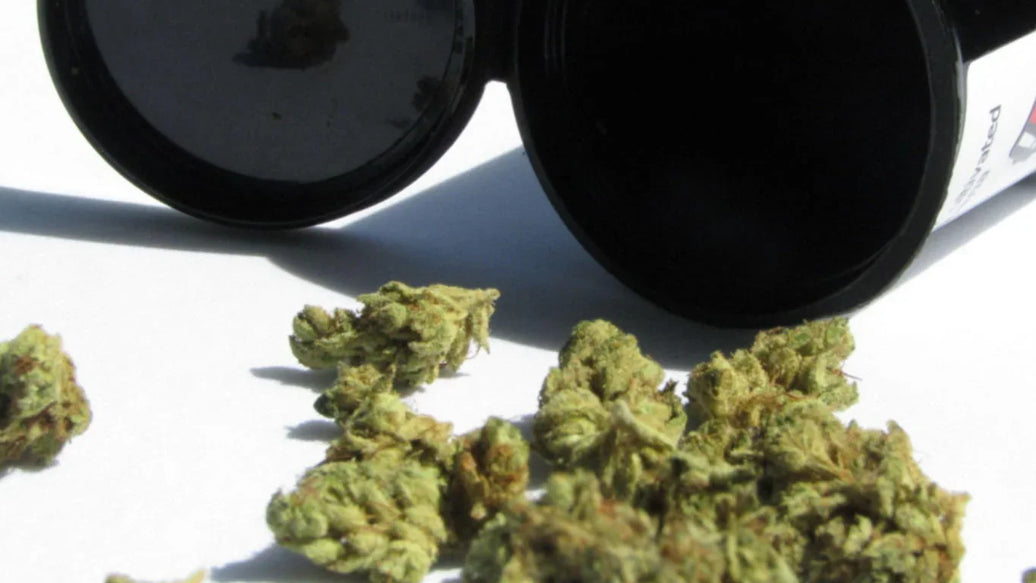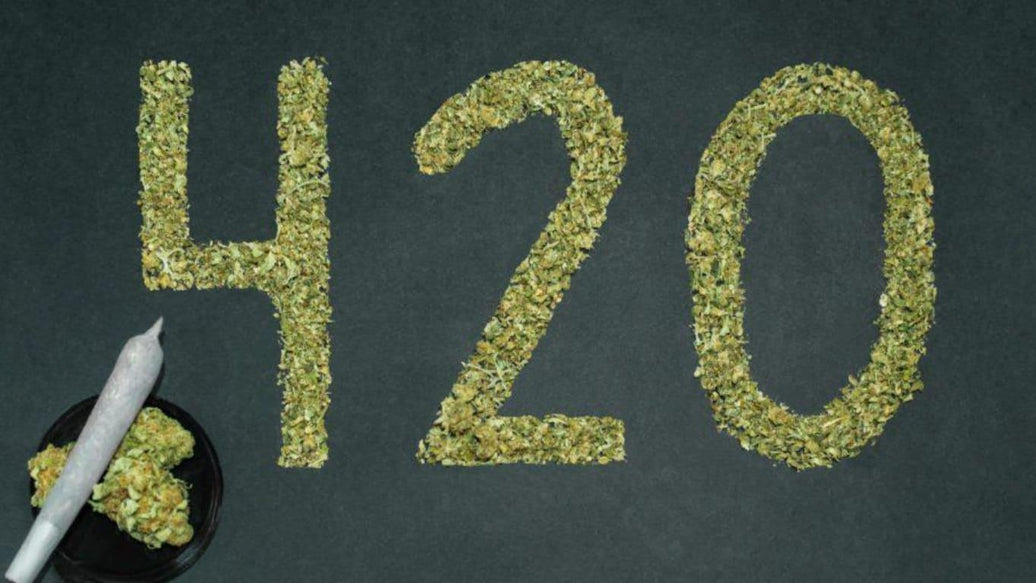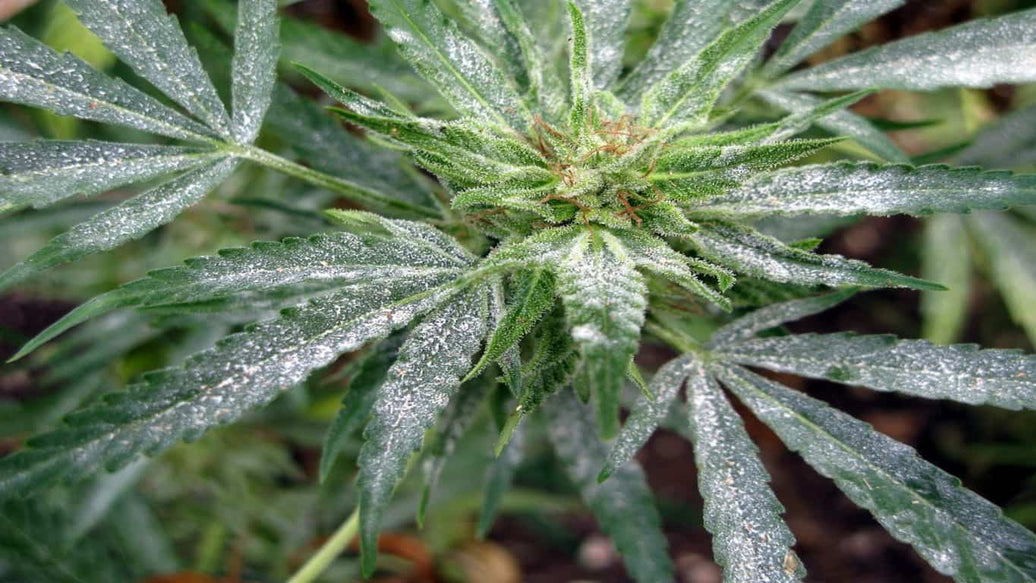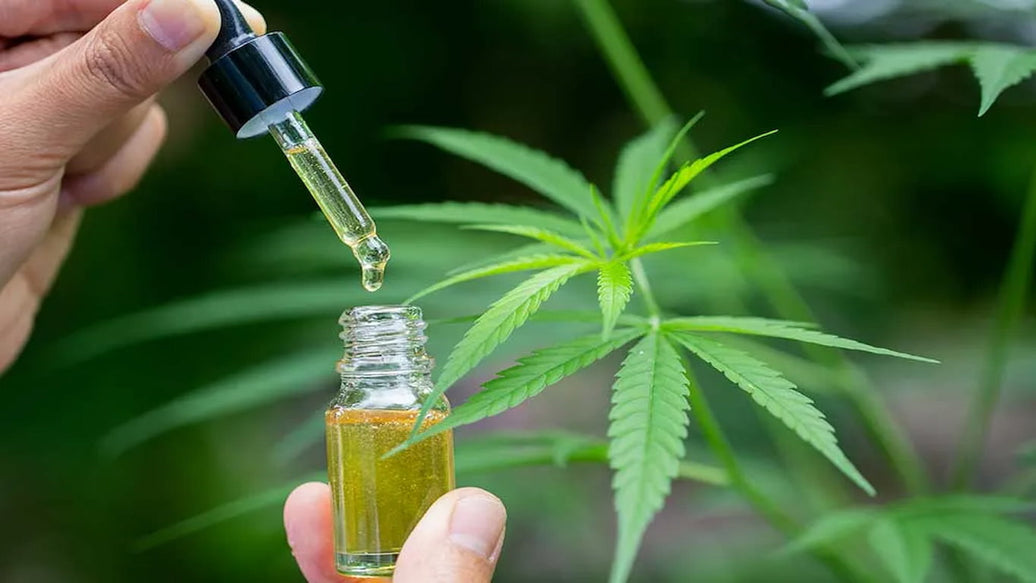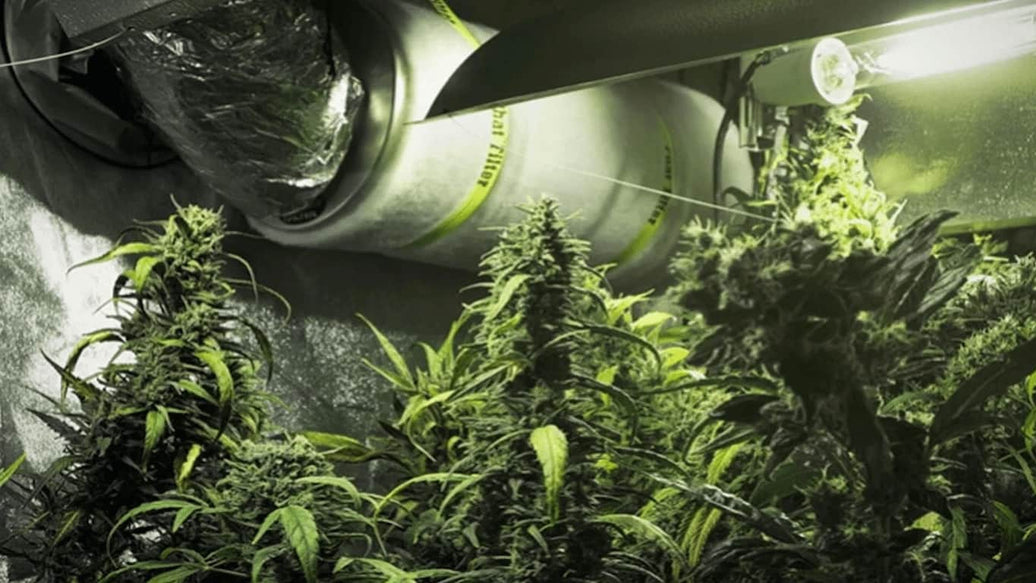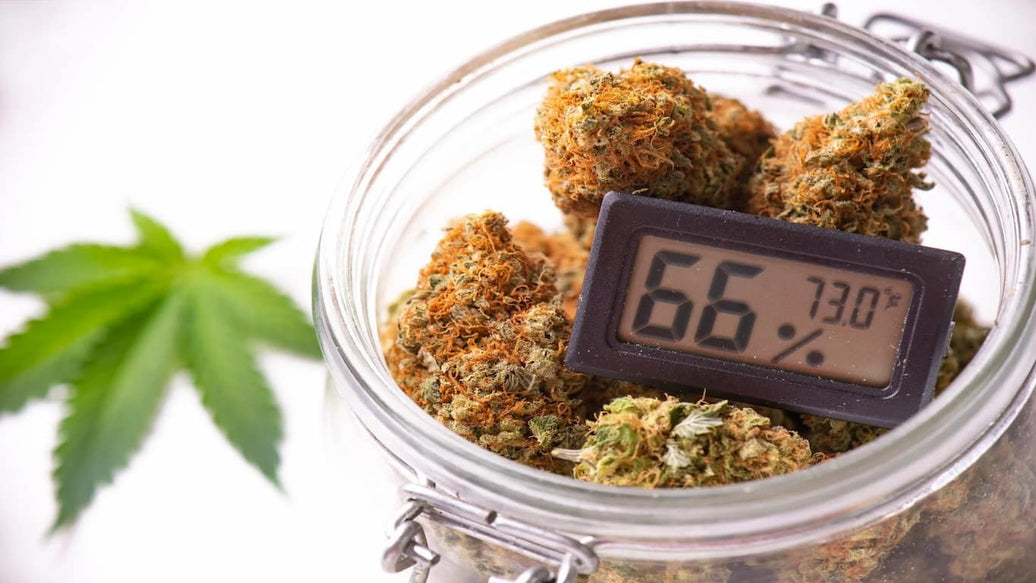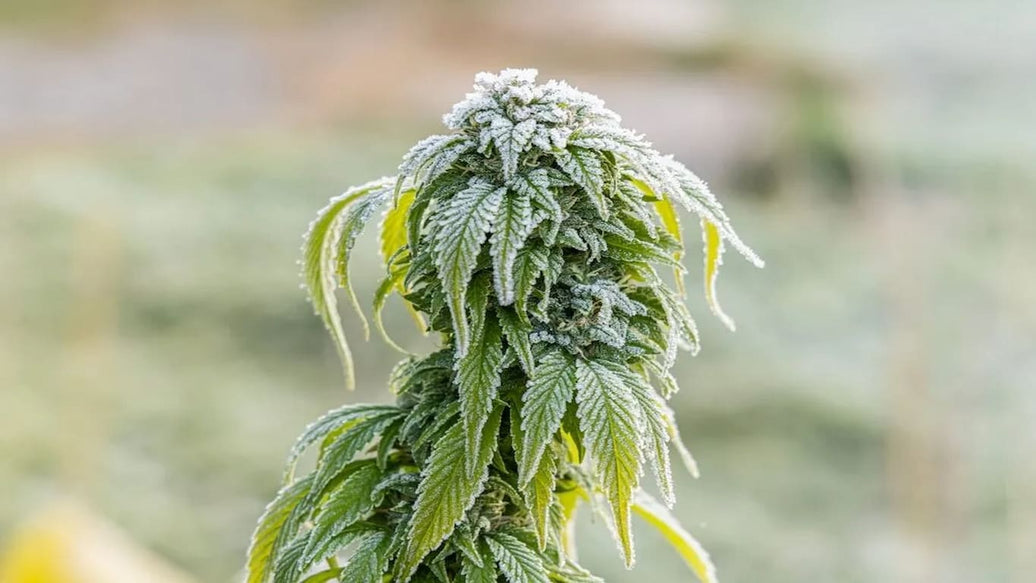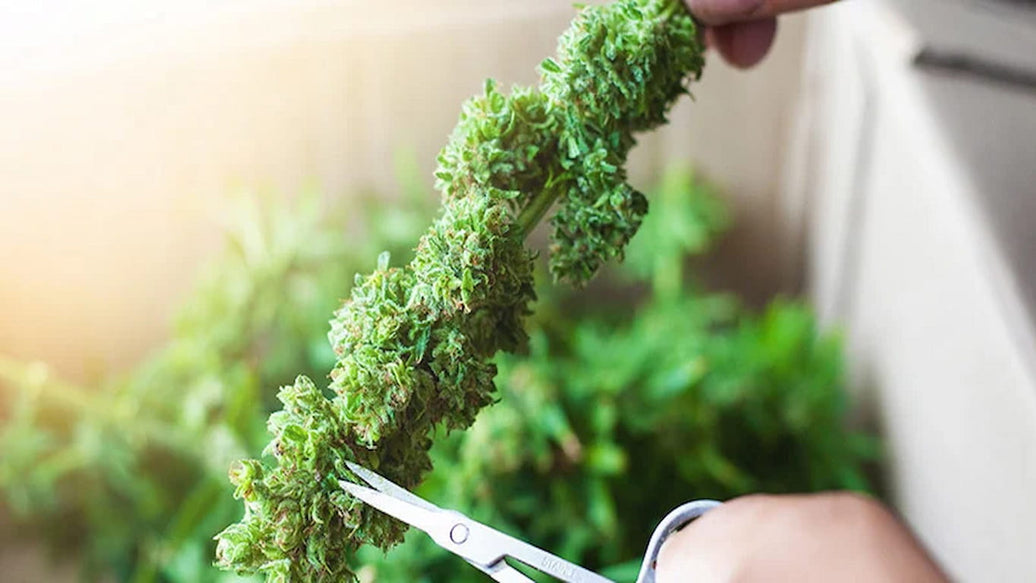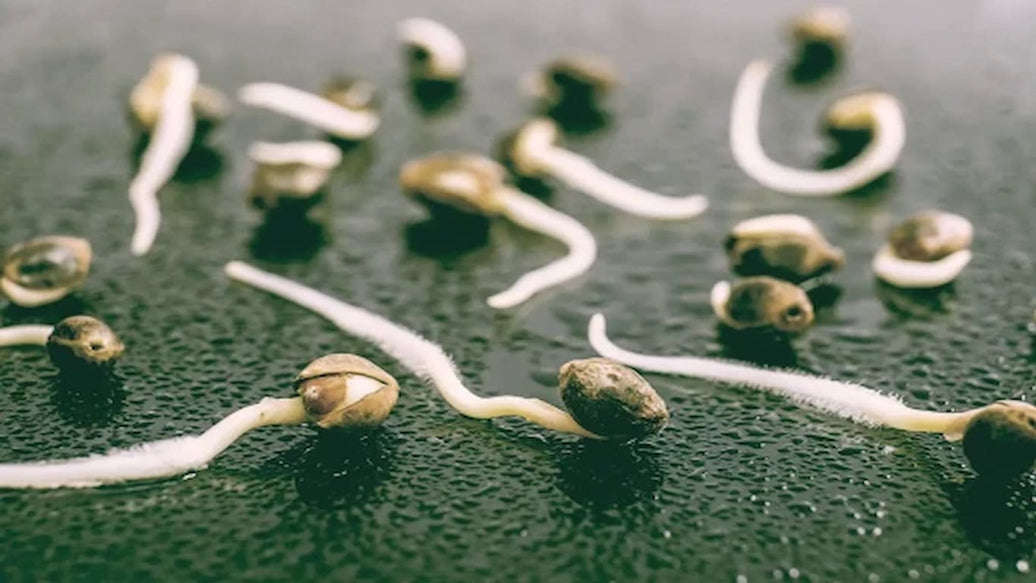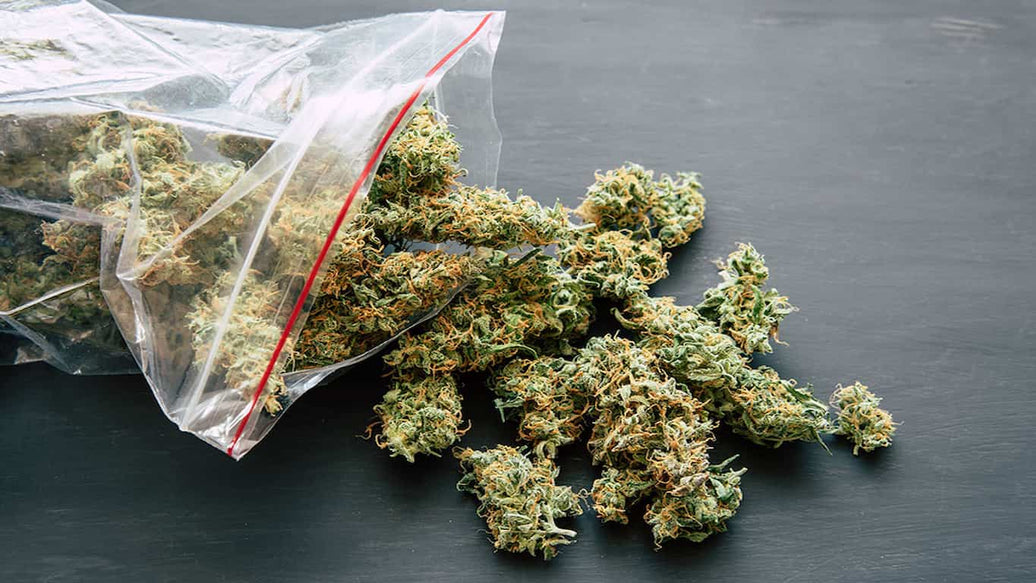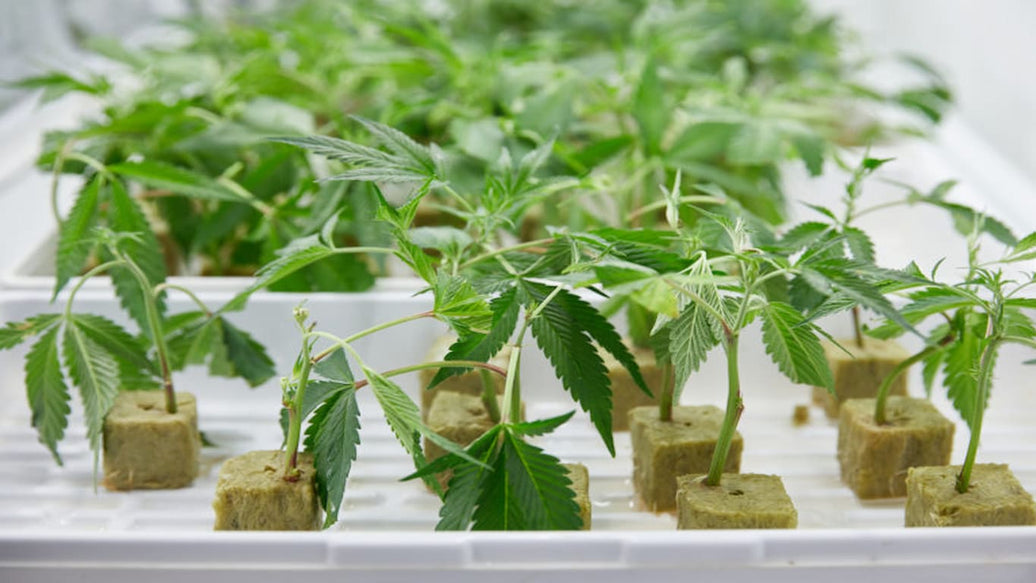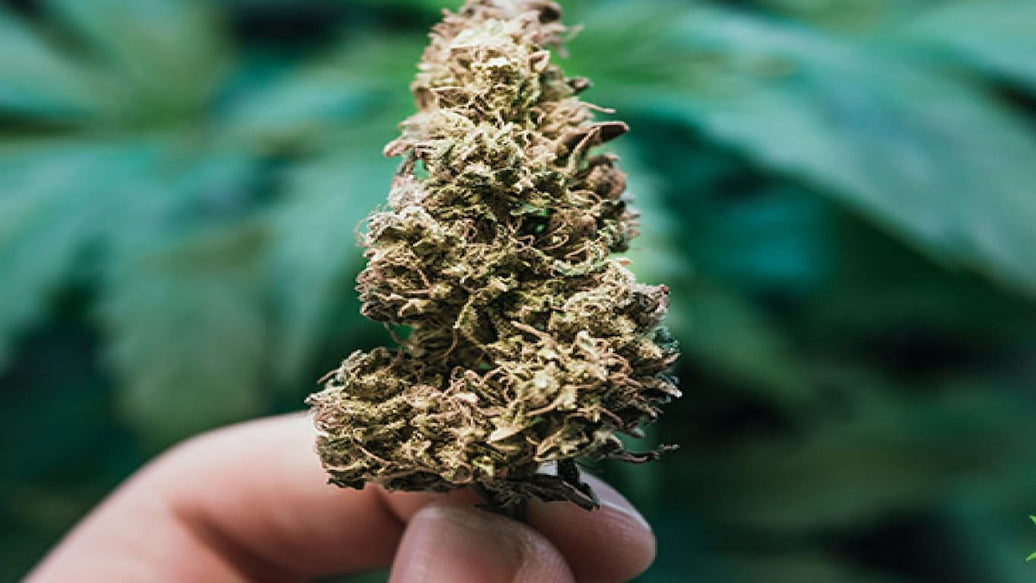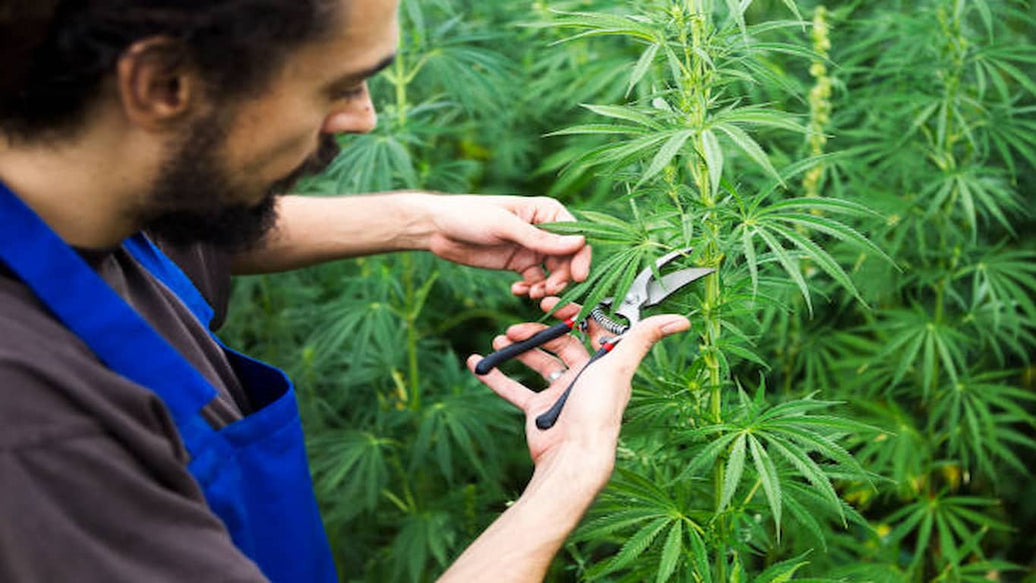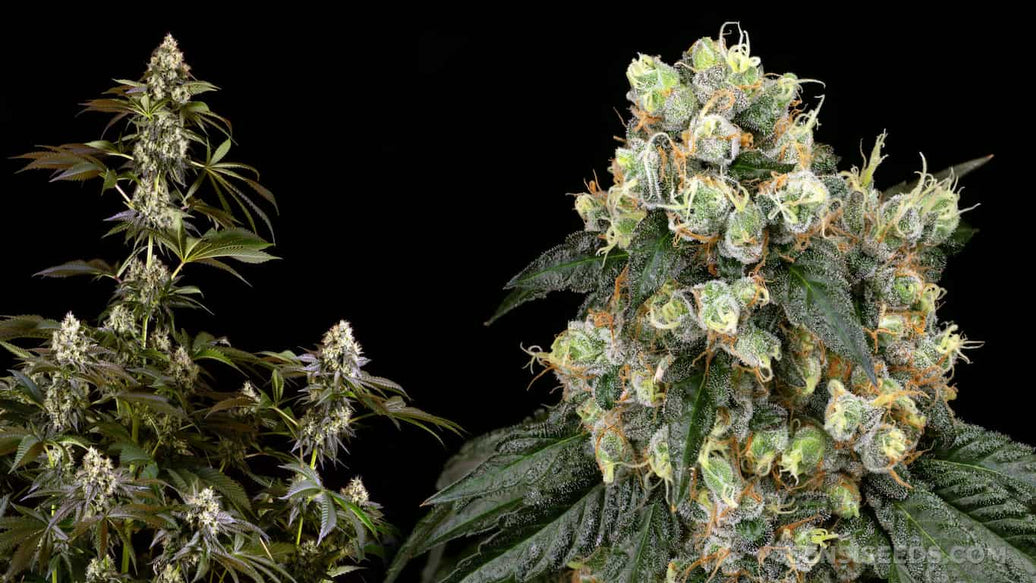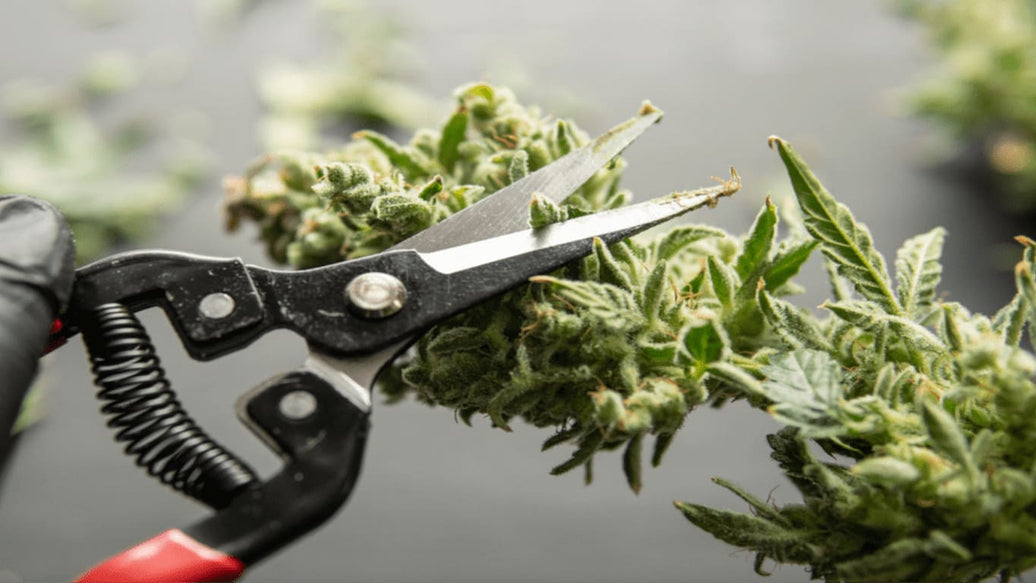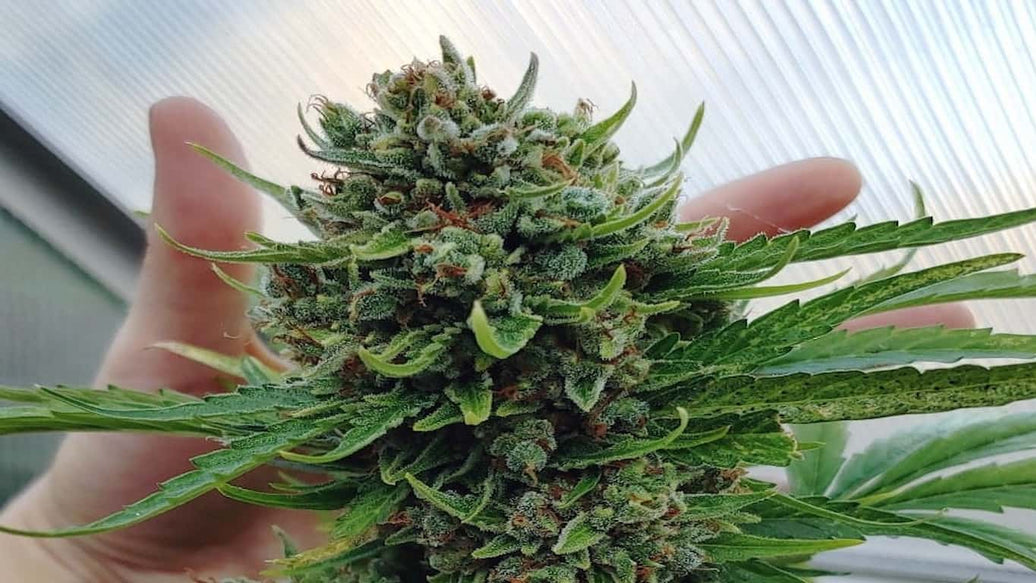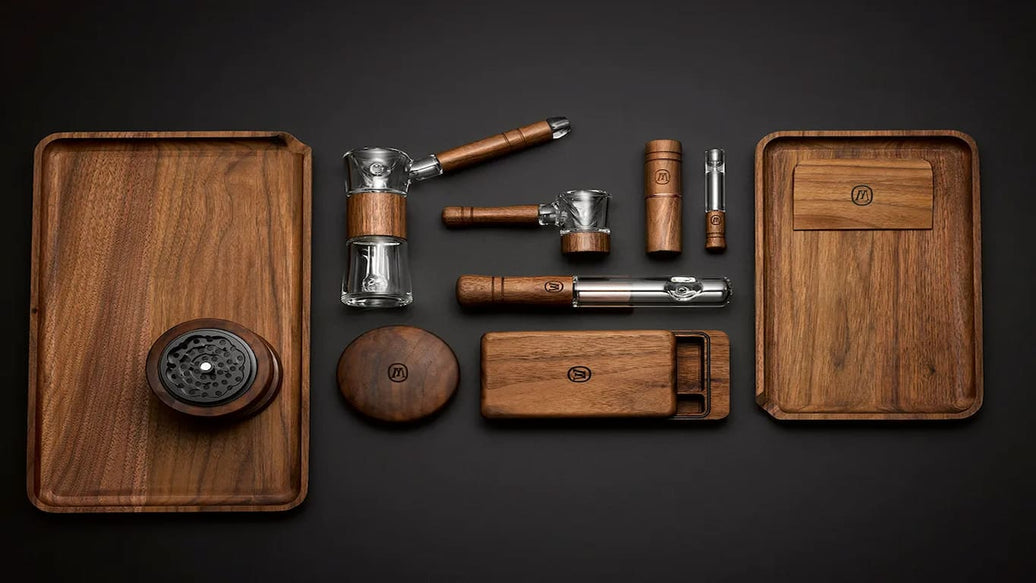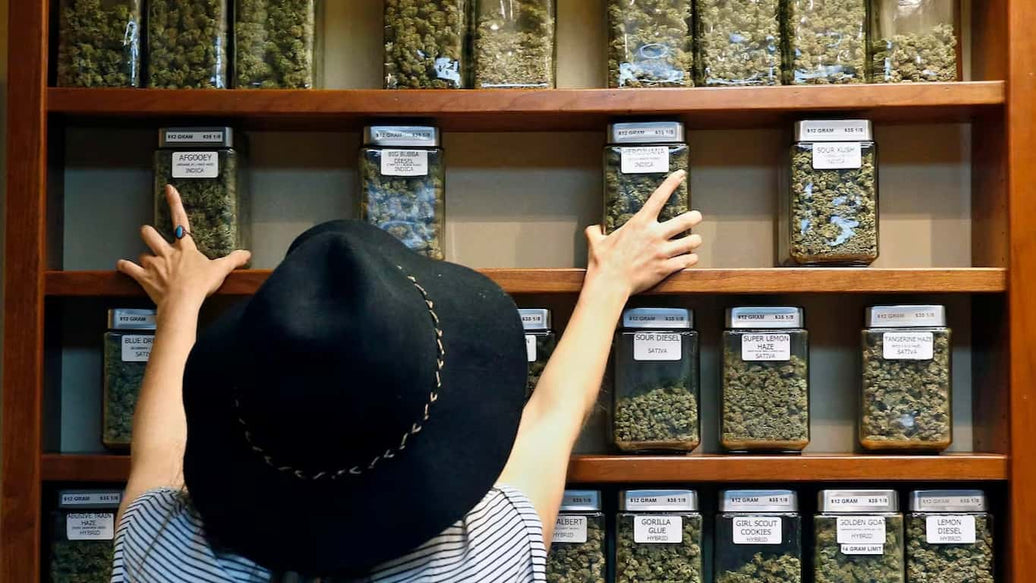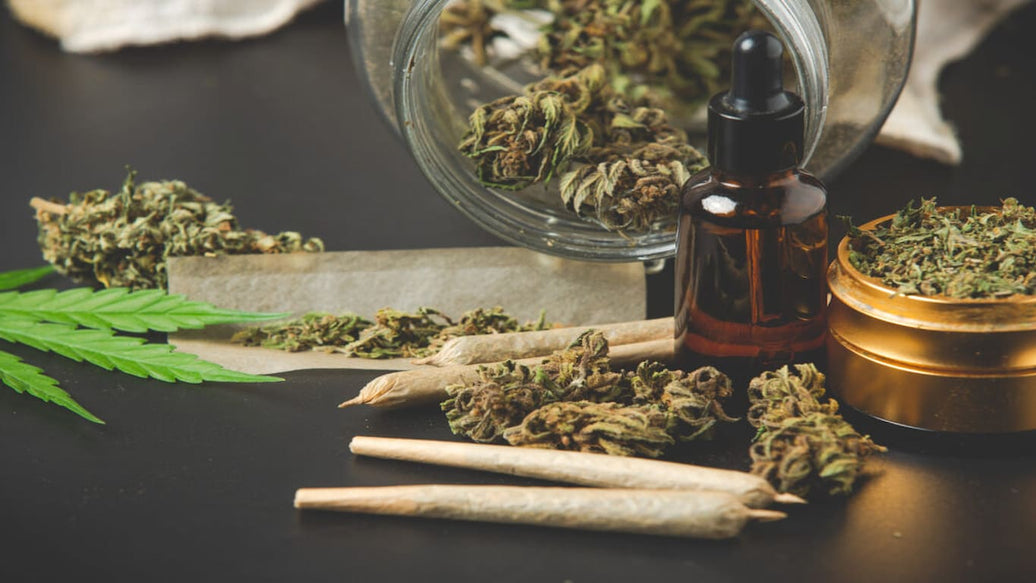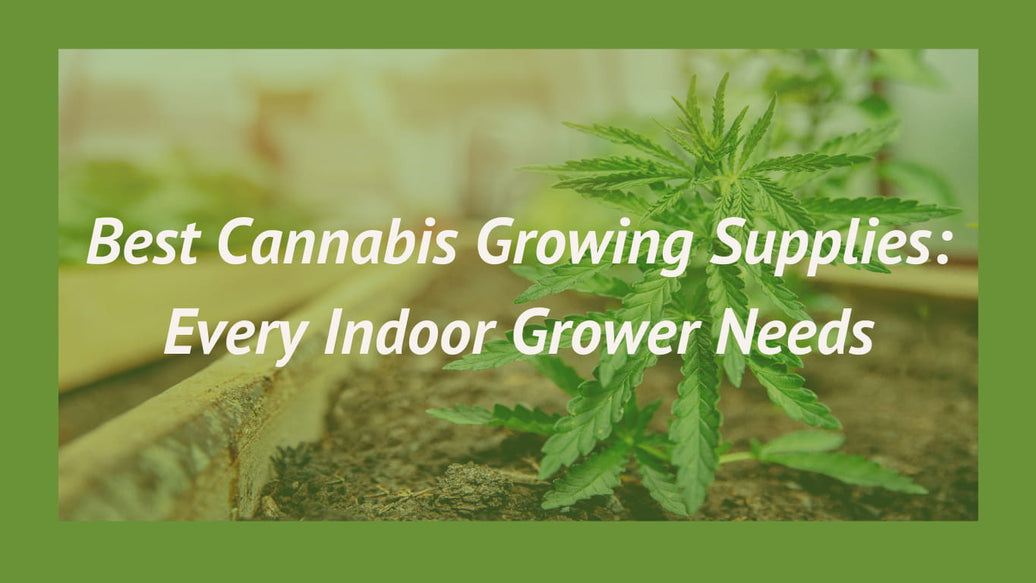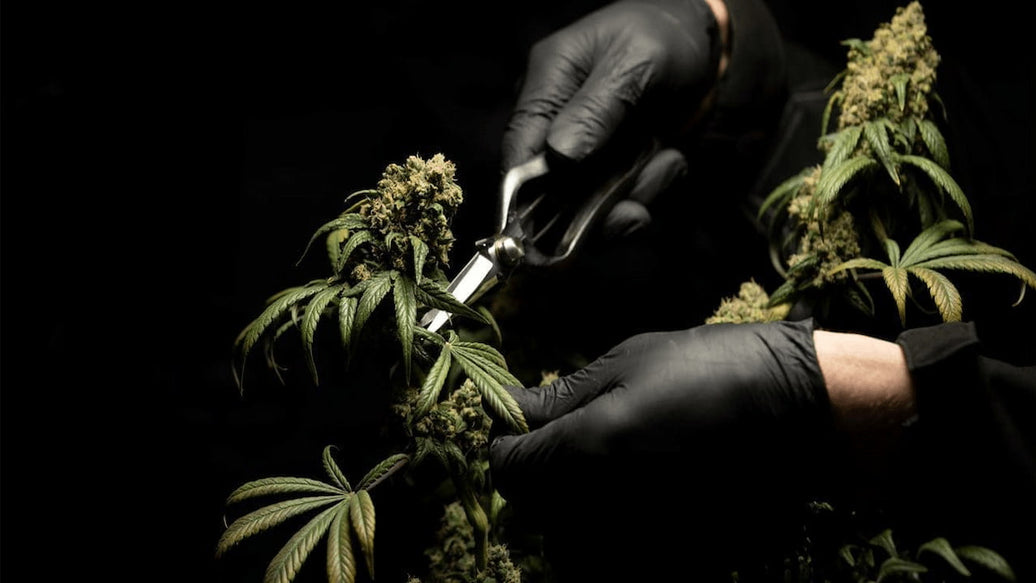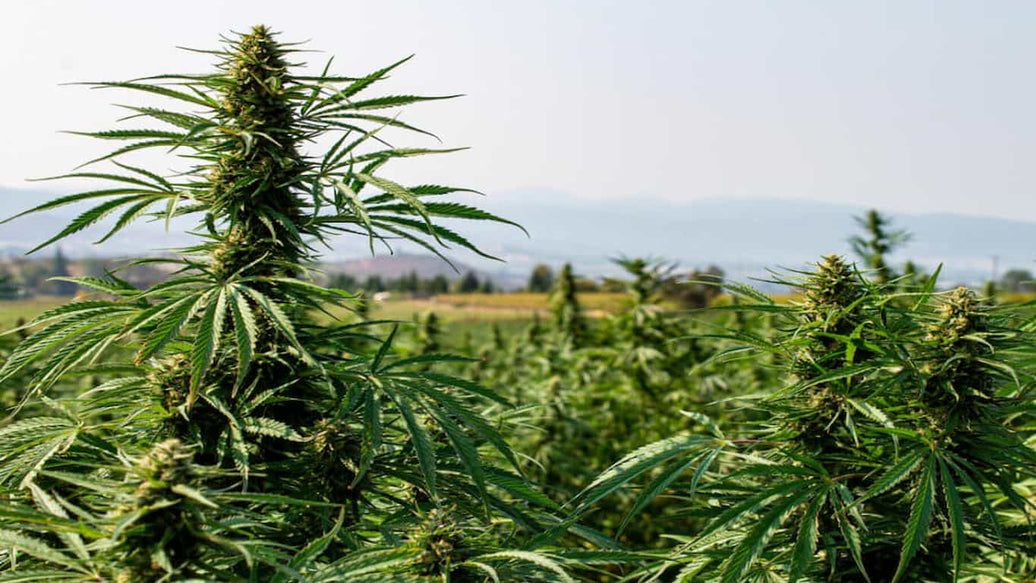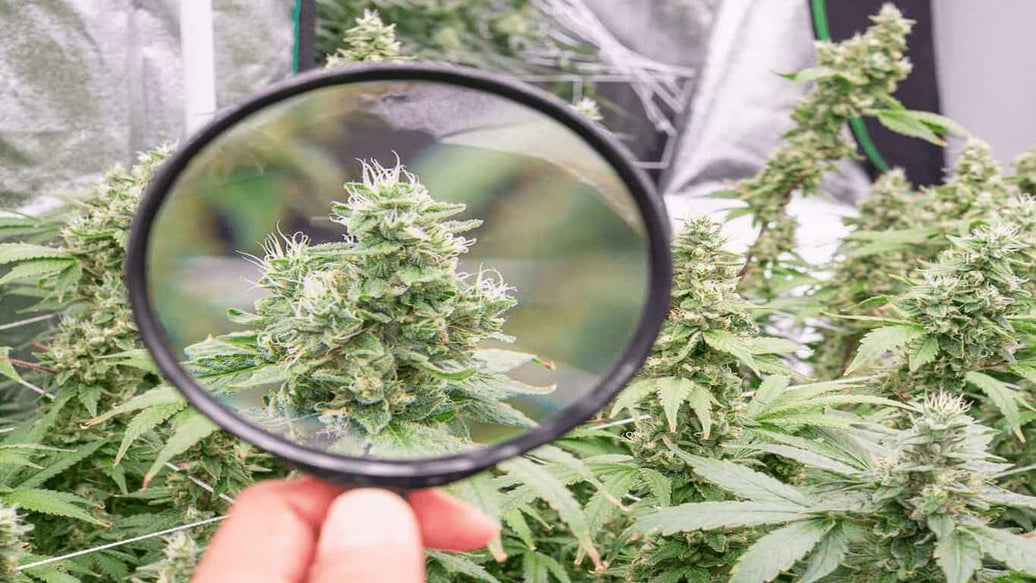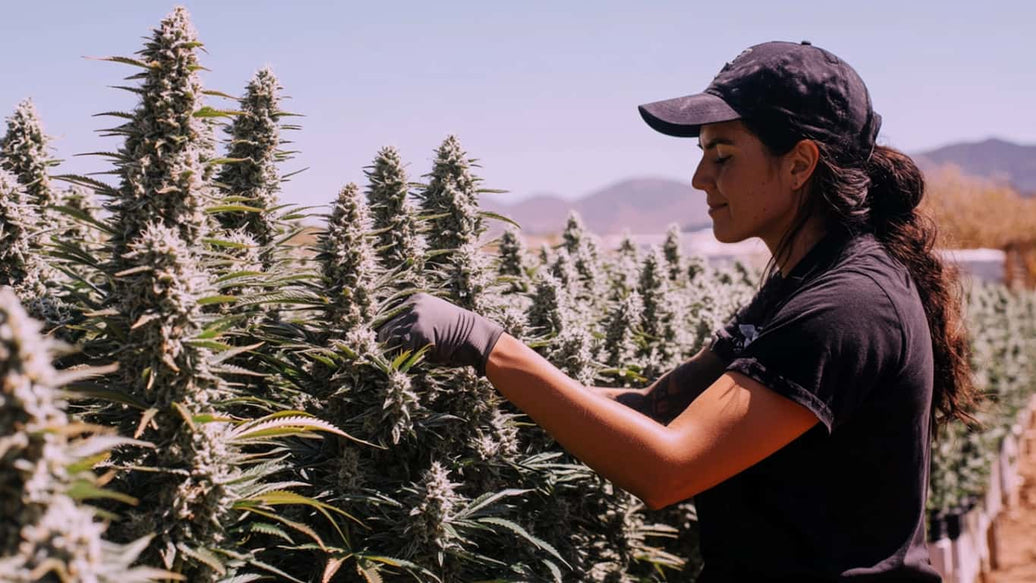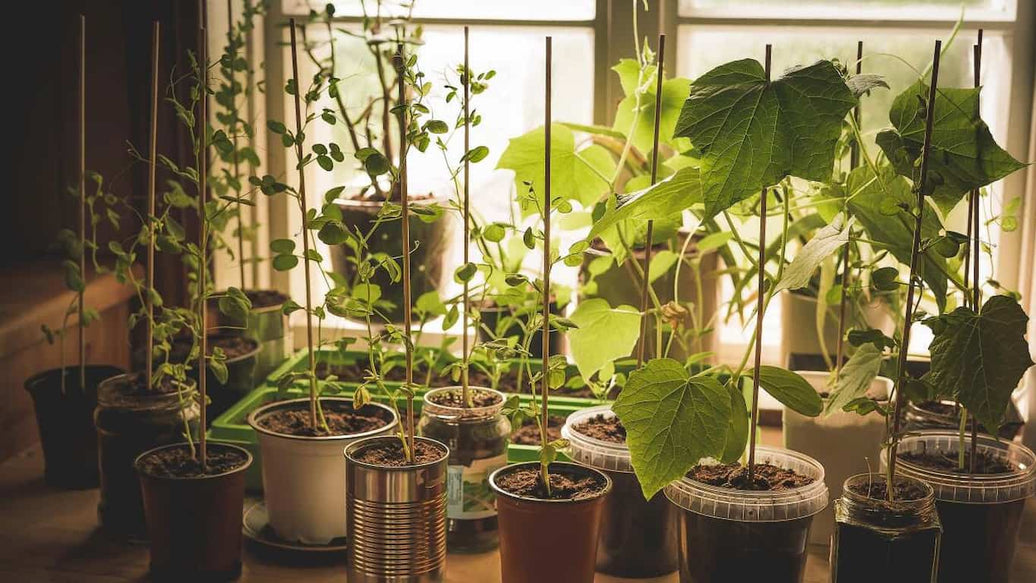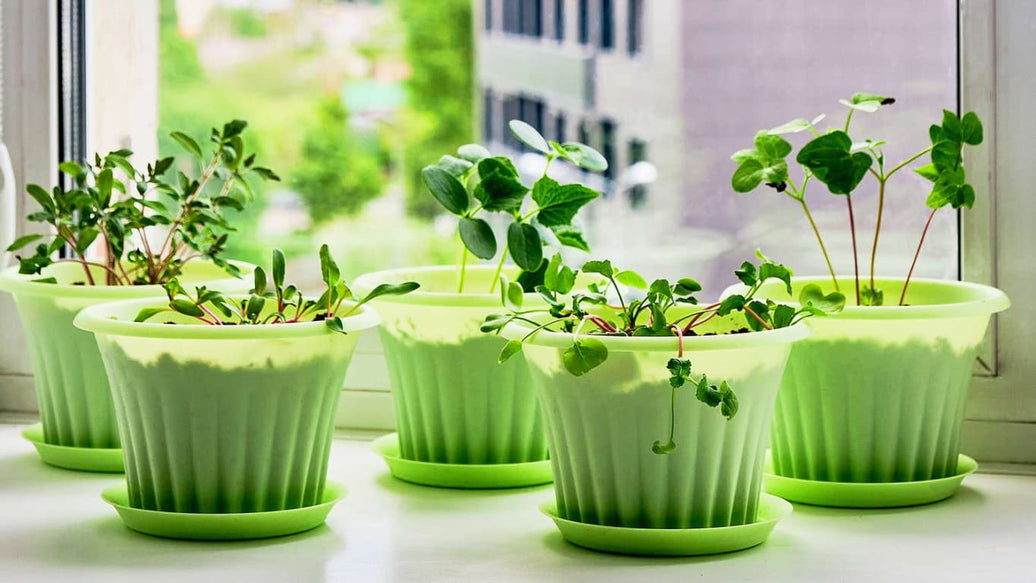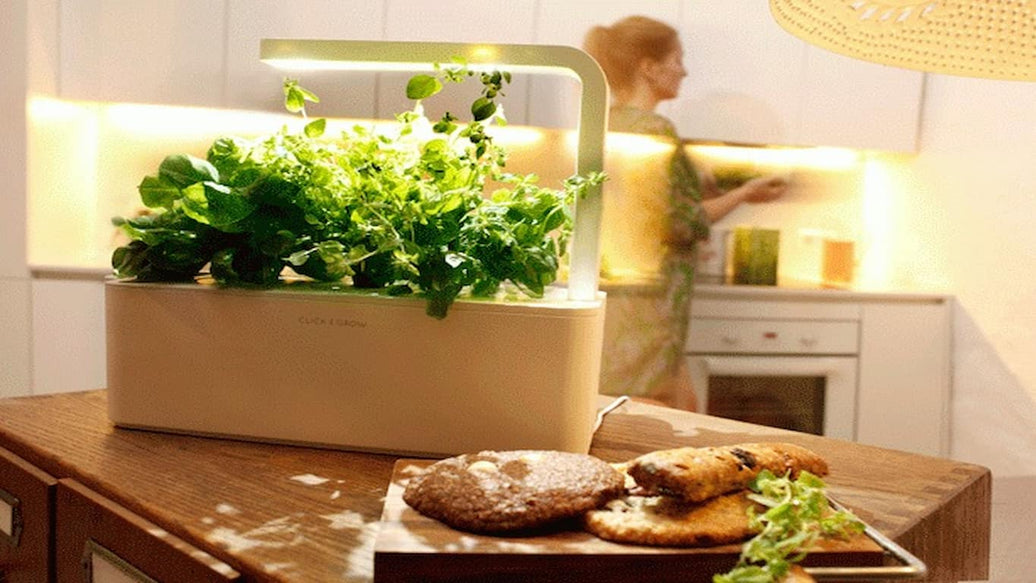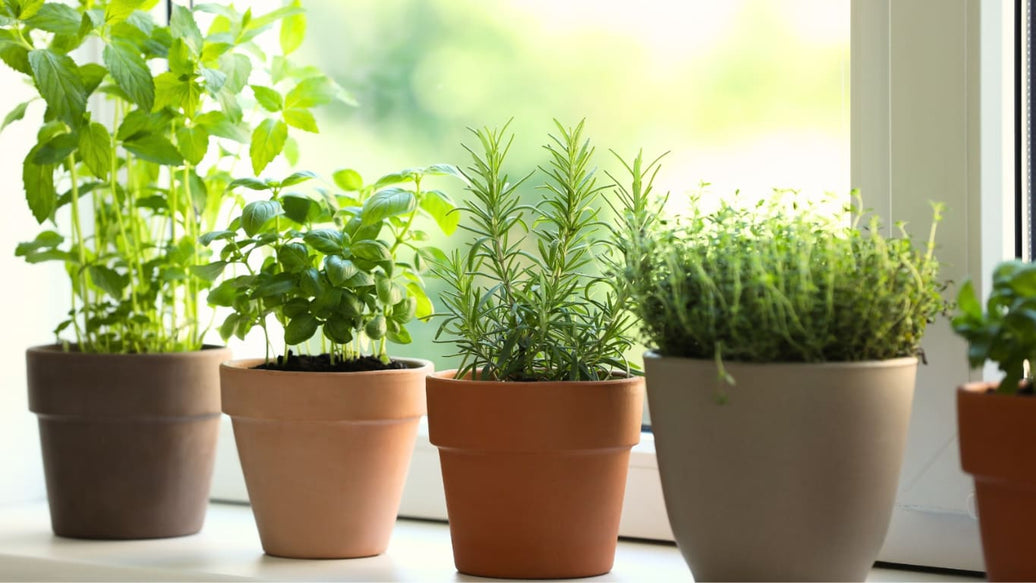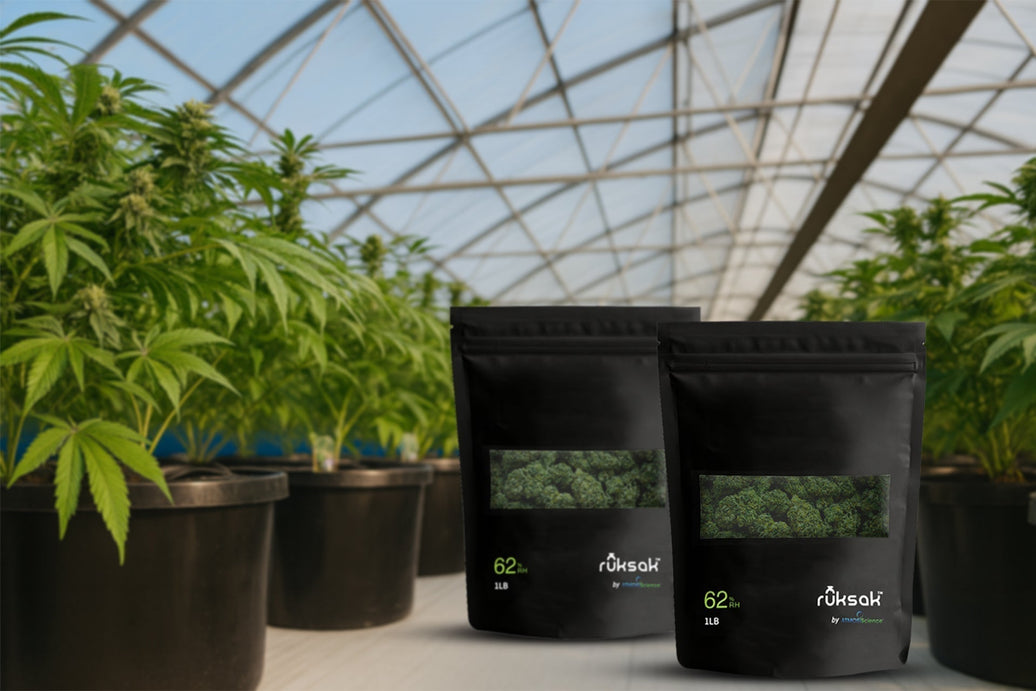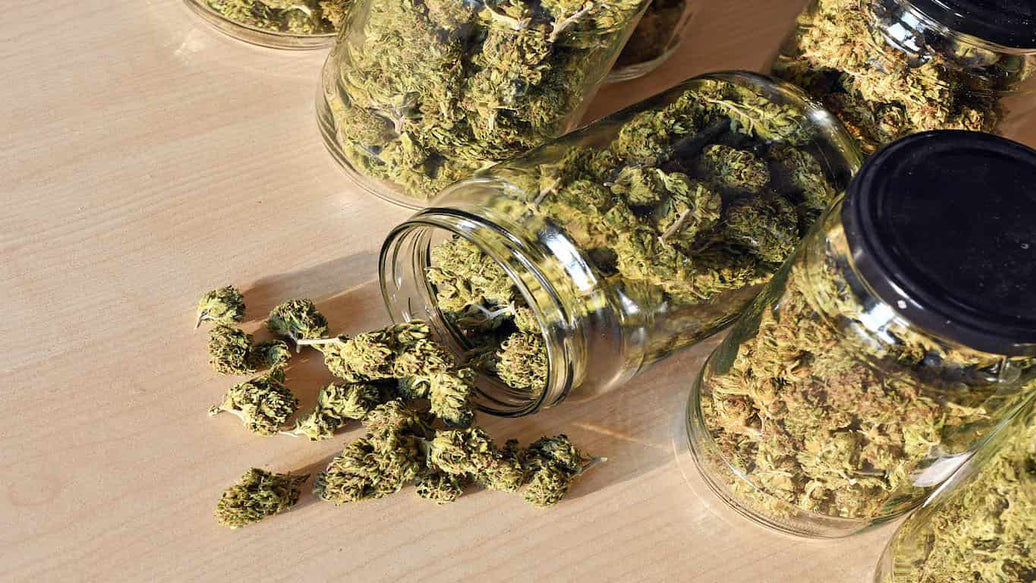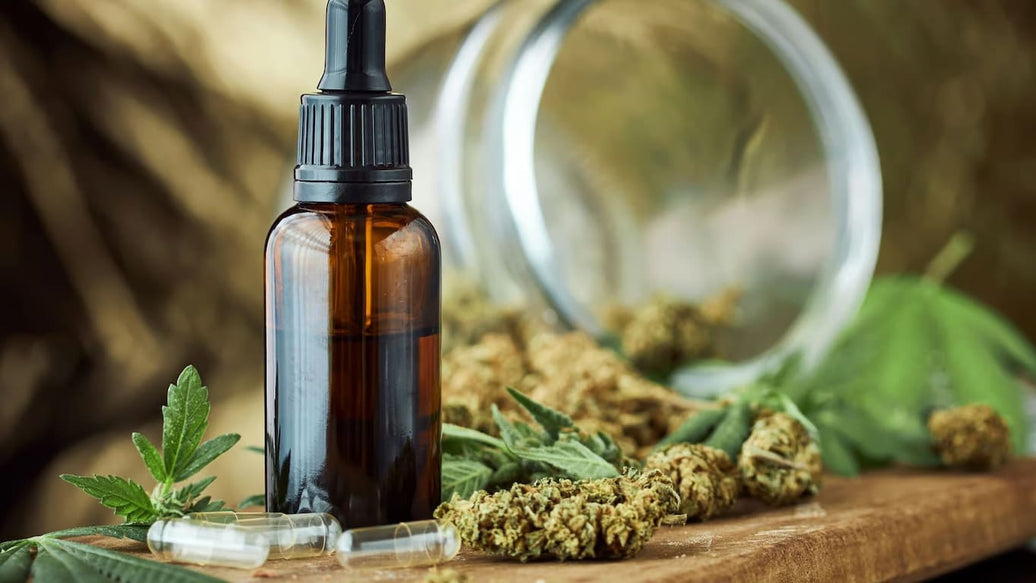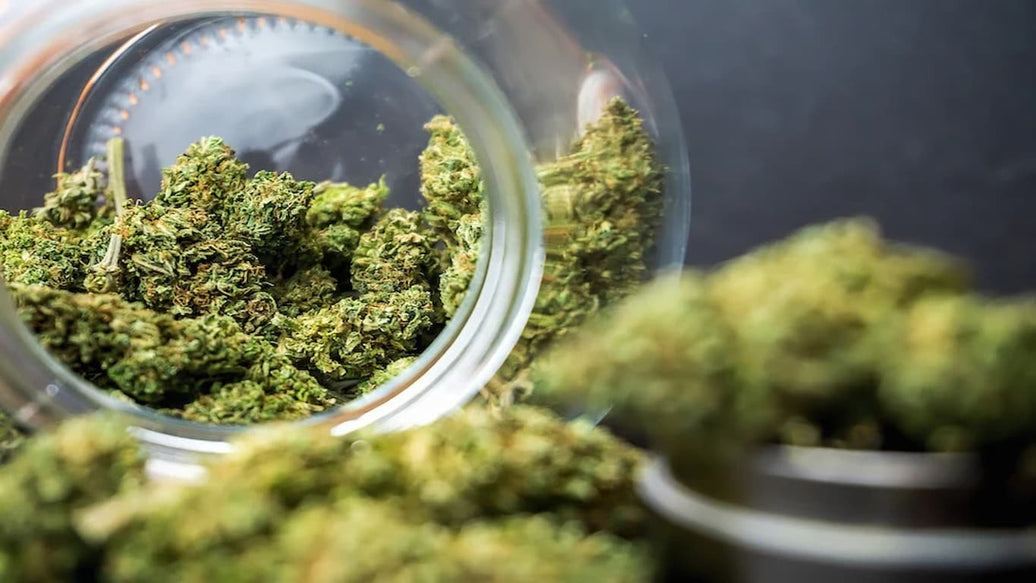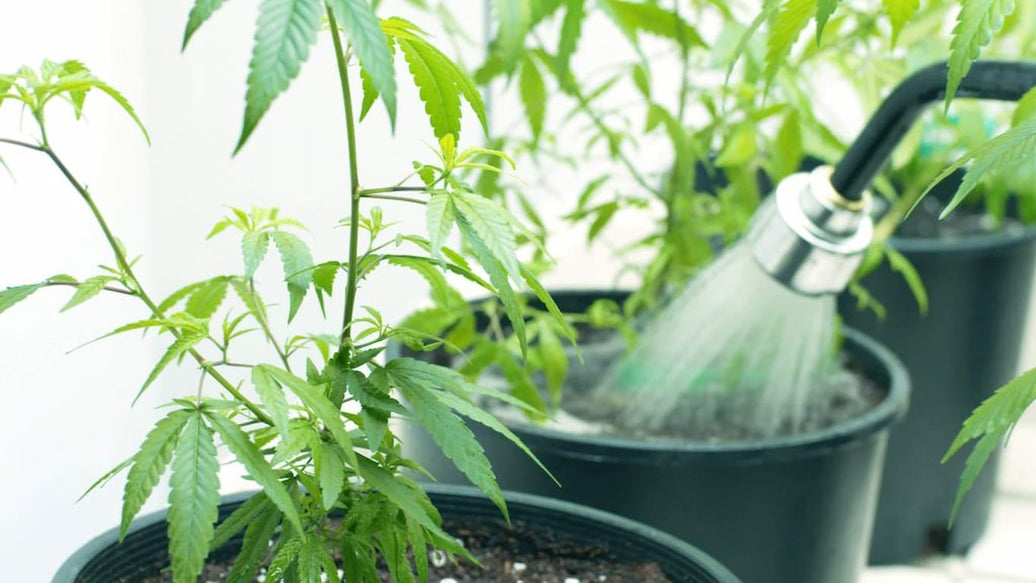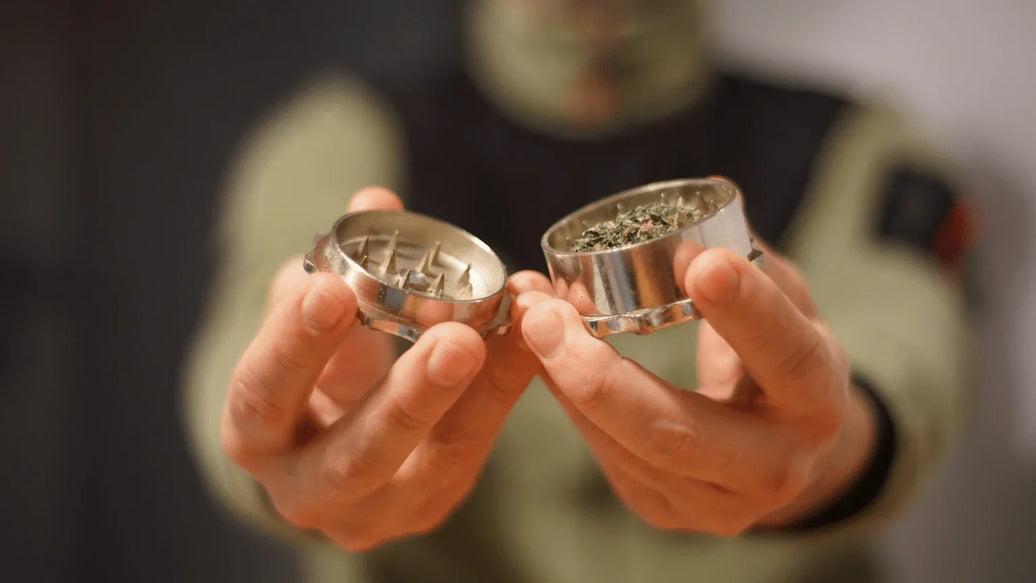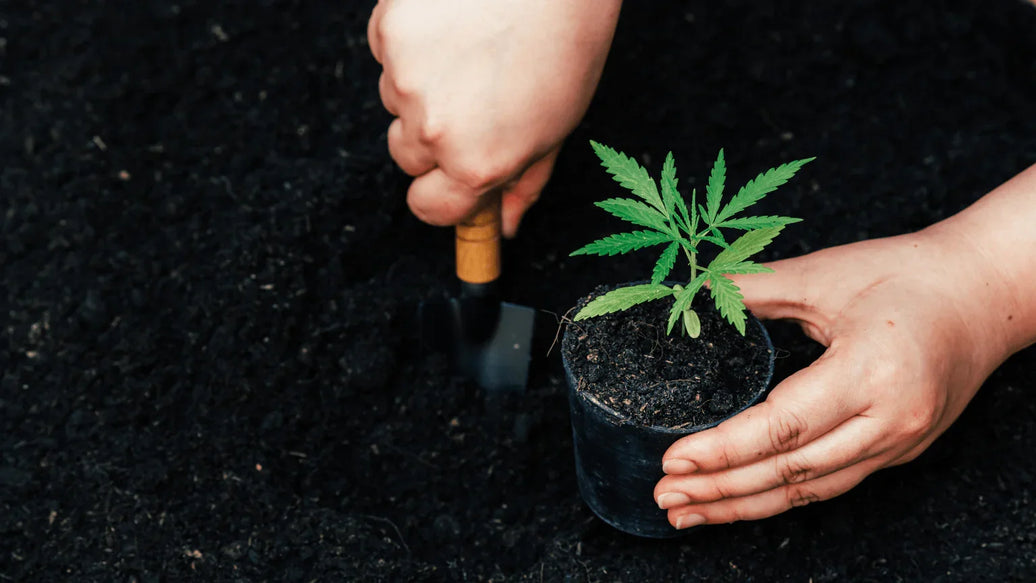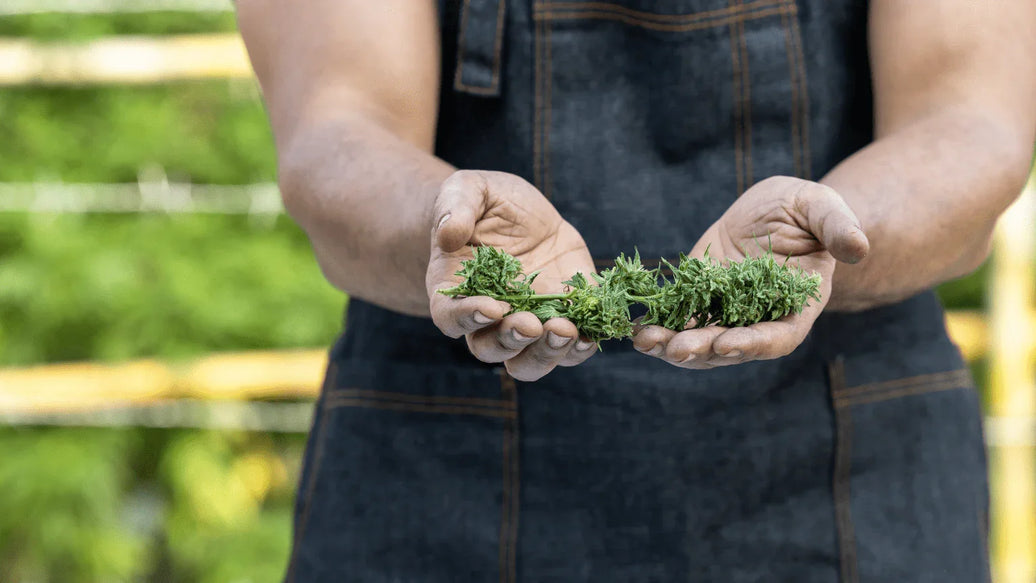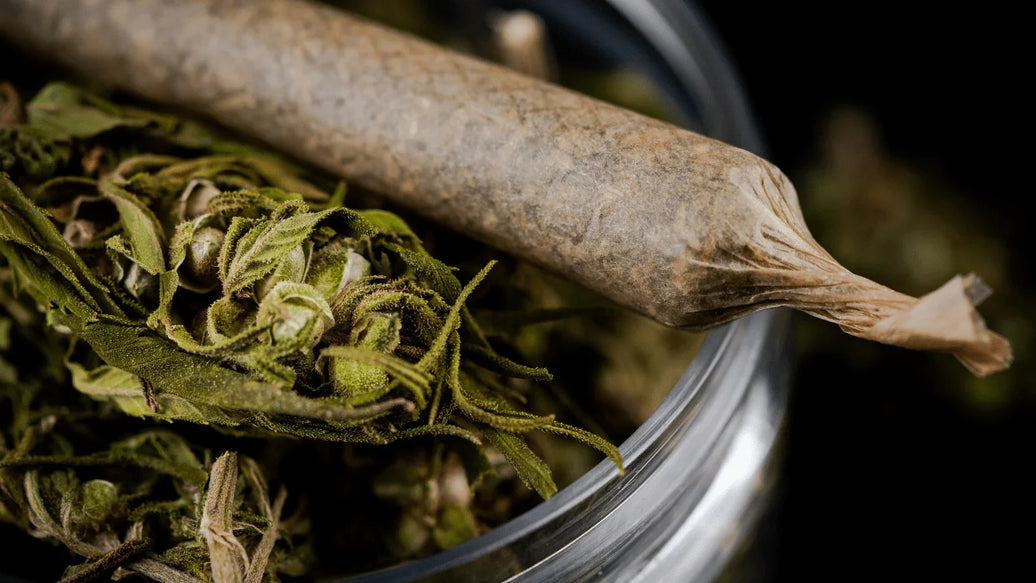For any cannabis cultivator, mastering when to harvest cannabis is the defining step between a mediocre yield and a potent, flavorful, market-ready product. Timing your harvest is more than ticking a calendar date; it requires a blend of science, observation, and experience. Different cannabis strains mature at varying rates, influenced by environmental factors like light, temperature, and nutrients. Recognizing how to tell when cannabis is ready to harvest means balancing these variables for the optimal cannabinoid and terpene profile. This blog will analyze the cannabis maturity, scientific methods to verify readiness, and practical steps for harvesting and post-harvest care.

Why harvest timing matters
Understanding how to know when to harvest cannabis is crucial due to the biochemical and physiological changes occurring late in flowering. The cannabinoid biosynthesis pathway culminates in THC, CBD, and other cannabinoids accumulating in glandular trichomes, microscopic resin glands responsible for the plant’s psychoactive and medicinal properties. Research indicates THC levels typically peak just as trichomes begin transitioning from milky white to amber. Post-peak, natural enzymatic degradation converts psychoactive THC into cannabinol (CBN), which has more sedative effects and lower potency. This biochemical transformation underscores why delayed harvesting can result in less psychoactive and less desirable cannabis.
Terpenes, the organic compounds giving cannabis its distinct aroma and taste, also diminish if harvest is postponed. Terpene volatility and oxidation lead to diminished sensory quality, less flavor complexity, and lower therapeutic efficacy. Thus, when to harvest cannabis inevitably affects product smell, taste, and effects.

Strain genetics hugely influence optimal harvest timing. Sativa-dominant varieties with longer flowering periods may require more patience, whereas indica-heavy strains tend to mature faster and may benefit from earlier harvest. Environmental stressors such as heat or drought can accelerate senescence, complicating harvest decisions. Thus, understanding these nuances during flowering is foundational for deciding when to harvest cannabis optimally.
Key physiological indicators
Trichome development
The most precise and universally recommended method for identifying when to harvest cannabis is monitoring trichome maturation. Trichomes appear as tiny glandular hairs on buds and sugar leaves, initially clear, then progressing to milky white and eventually amber as cannabinoids mature and oxidize. A common grower rule is to harvest when trichomes are about 70-80% milky and 20-30% amber to balance the euphoric effects of THC with the calming effects of CBN.

Observation requires magnification - 30x to 60x jeweler's loupes or digital microscopes provide visibility to distinguish trichome coloration accurately. Clear trichomes signal immature cannabis with lower cannabinoid concentration; premature harvest at this stage usually results in a harsh, less potent product. Milky trichomes indicate peak THC production and are preferred for daytime or energetic effects. Amber trichomes suggest degrading THC, leading to a more sedative and couch-lock effect, preferred by some medical users. Excess amber trichomes can mean potency loss; thus, understanding balance is critical.
Trichome morphology also varies with strain; indica types often have larger, denser trichomes than sativas, affecting visual assessment and harvest timing. Scientific studies profile these visual markers alongside chemical analyses to help growers perfect how to tell when cannabis is ready to harvest.
Pistil color and curl

Pistils, the elongated stigmas emerging from cannabis flowers, are another visual cue. Early in flowering, pistils are white and stand straight. As cannabis nears harvest, pistils darken - turning amber, reddish brown, or orange - and curl inward. Most cultivators use a threshold of 70-90% darkened pistils as a harvest signal.
While pistil observation is easier than trichome microscopy, it is less precise and should be combined with trichome checks for accurate timing. Differences in strain characteristics and growth conditions impact pistil coloration speed, so pistils alone cannot definitively answer when to harvest cannabis.
Leaf senescence and bud density
The senescence process - a natural yellowing of large fan leaves - indicates resource reallocation to buds during late flowering. While not a direct maturity marker, yellowing leaves signal approaching harvest. Bud density and stickiness are also tactile indicators: mature buds feel firm, tight, and resinous. Fluffy or loose buds often mean premature harvest. Regular sensory checks support how to know when to harvest cannabis alongside visual cues.

Scientific methods to confirm readiness
Chromatography and lab testing
For commercial growers or intricate breeding projects, laboratory methods offer the highest precision to confirm harvest readiness. Gas chromatography-mass spectrometry (GC-MS) and high-performance liquid chromatography (HPLC) are common tools for measuring cannabinoid and terpene concentration profiles. These allow growers to optimize when to harvest cannabis based on quantitative chemical data, ensuring consistent batch qualities and regulatory compliance.
Moisture measurement and dry-down protocols
Post-harvest, moisture content influences preservation quality. Hygrometers measure bud moisture; ideal drying targets 10-12% moisture to prevent mold while preserving cannabinoids and terpenes. Understanding drying kinetics supports successful curing and long-term storage.
Historical growth data
Tracking trichome progression and pistil development weekly, integrated alongside flowering time records for each cultivar, generates empirical data supporting future harvest timing predictions. This approach - combining observational and quantitative data - helps perfect how to know when to harvest cannabis season over season.
Practical harvesting techniques
Pre-harvest flush
Flushing with clean water or a low-nutrient solution for 1-2 weeks before harvest removes excess nutrients, improving smoke smoothness and flavor by reducing harsh chemical residues. Flush duration and method vary; experienced growers tailor the approach to the strain and cultivation medium. This step is essential knowledge within how to harvest cannabis properly.
Cutting and handling
Sanitation during harvest prevents microbial contamination. Sterilize cutting tools and wear gloves. Remove buds by branch or harvest whole plants depending on drying space and equipment. Avoid bruising buds to preserve trichome integrity and resin quality.
Drying, trimming, and curing
Cannabis buds should dry slowly in a dark environment with stable 45-55% relative humidity and 60-70°F temperatures over 7 to 14 days. Proper drying reduces chlorophyll bitterness and maintains cannabinoid and terpene profiles. Curing is followed by placing dried buds in airtight containers and “burping” daily for moisture release and gas exchange, improving flavor and potency.
For consistent humidity control during curing, growers rely on precision humidity packs like Humidi-Cure® from ATMOSIScience, which maintain a stable 62% RH inside curing jars, locking in bud weight and preserving terpenes with ±2% accuracy. Their patented fiber technology ensures mold prevention without salts or liquids. These sustainable, compostable packs are lab-tested and trusted by professional growers worldwide.

For larger or commercial harvests, ruksak humidity-controlled storage bags offer scalable, portable solutions for maintaining optimal humidity and freshness throughout curing and storage phases. These "bamboo bags" help prevent weight loss, terpene degradation, and mold growth during extended storage.

Post-harvest quality control
Inspect dried buds through renewed trichome analysis using magnification before packaging. Properly store cannabis away from light, oxygen, and heat to minimize degradation. Utilize high-quality, airtight storage jars combined with Humidi-Cure® packs to maintain optimal microclimates and extend shelf life, preserving sensory and potency qualities long-term.
Knowing precisely when to harvest cannabis empowers growers to maximize cannabinoid potency, terpene complexity, and visual appeal of their crops. Combining trichome and pistil observation with scientific testing and practical cultivation experience delivers confidence.
Proper pre-harvest flushing, careful handling, controlled drying, and advanced humidity-managed curing and storage using Humidi-Cure® and ruksak products from ATMOSIScience ensure your harvest stays fresh, potent, and market-ready. Bookmark this guide to elevate your cultivation practice and revisit the linked resources for storage and terpene analysis tailored to your needs.

